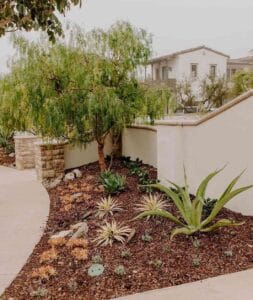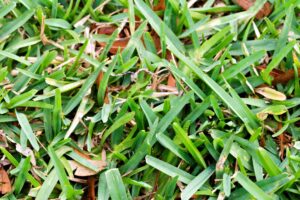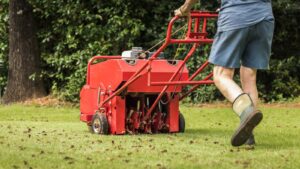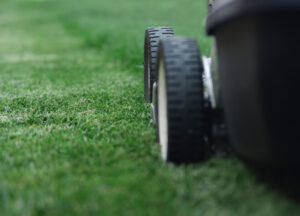In the realm of lawn care, two techniques often stand out for their ability to revive and rejuvenate your turf: dethatching and aeration. Both methods are pivotal in promoting a healthy and vibrant lawn, yet they serve distinct purposes. Understanding the disparities between dethatching and aeration is crucial for every lawn enthusiast aiming to nurture their green expanse to its fullest potential.
In this comprehensive guide, we’ll delve into the intricate details of dethatching and aeration, unraveling their unique benefits, processes, and when to employ each method. By the end, you’ll be equipped with the knowledge to elevate your lawn care game and achieve a verdant, envy-worthy turf.
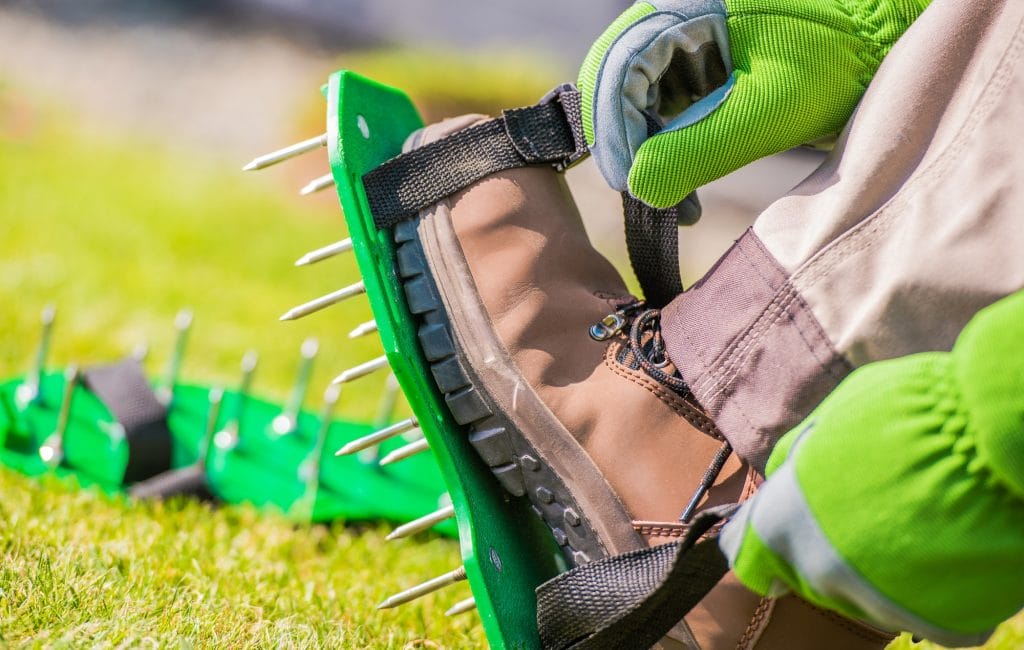
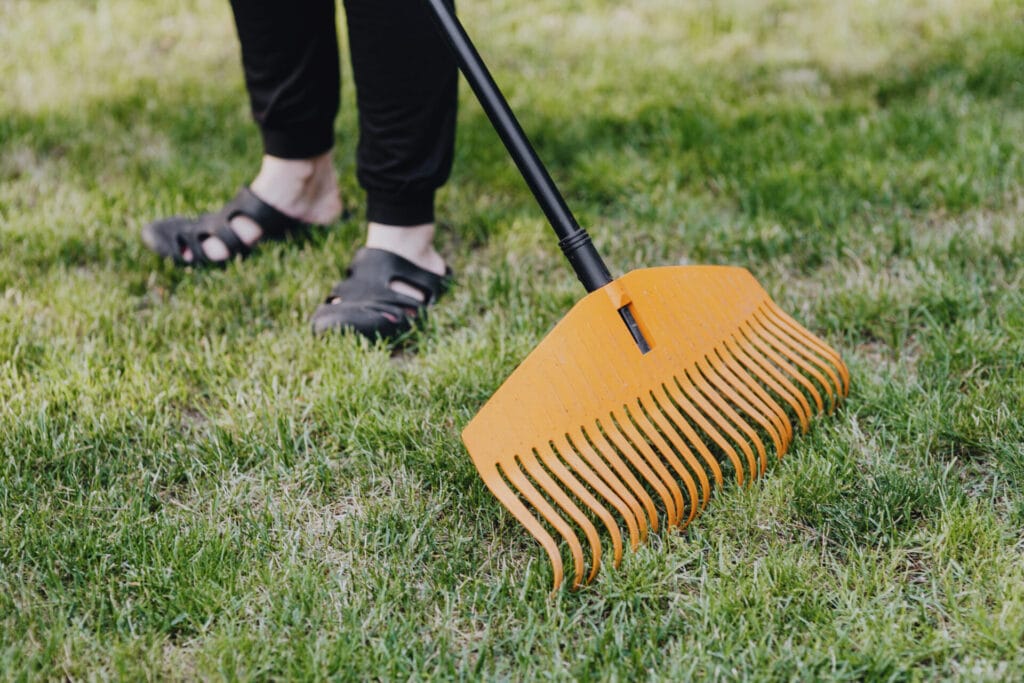
Dethatching, also known as scarification, is a fundamental process aimed at removing the layer of dead grass, roots, and debris that accumulates between the soil and the live grass blades. This layer, referred to as thatch, impedes the penetration of water, air, and essential nutrients to the soil, hindering the healthy growth of your lawn.
The dethatching process involves the utilization of specialized equipment such as dethatching rakes, power rakes, or dethatching machines, depending on the scale of the project. These tools effectively comb through the turf, dislodging the thatch and enabling better soil aeration and nutrient absorption.
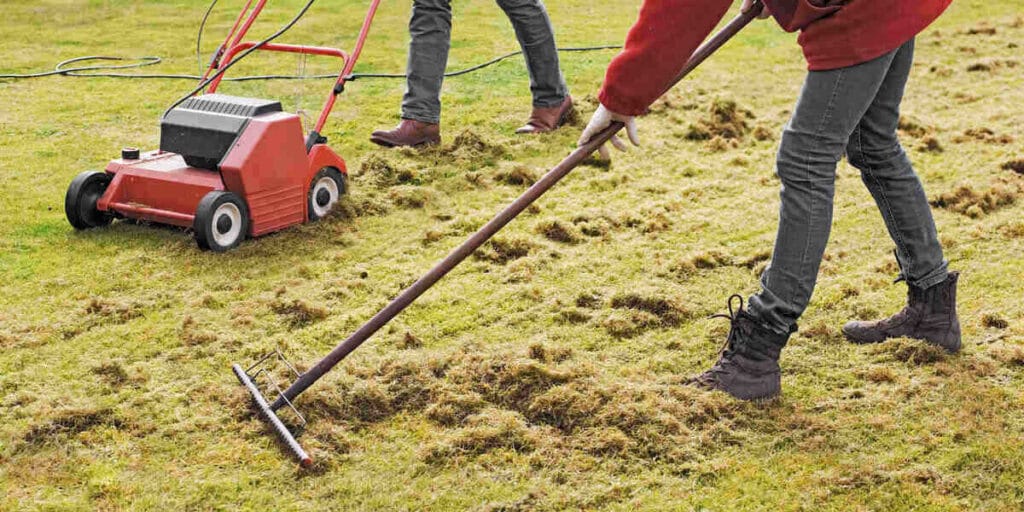
While dethatching focuses on removing the layer of thatch, aeration targets the soil beneath, addressing issues related to compaction and poor drainage. Soil compaction occurs over time due to various factors such as foot traffic, heavy machinery, or dense clay soil, leading to restricted root growth and nutrient uptake.
Aeration involves perforating the soil with small holes, typically using aeration machines or manual aerators, to alleviate compaction and promote better water and air penetration. This process enhances soil structure, stimulates root growth, and encourages the proliferation of beneficial microorganisms.

Choosing the Right Approach While both dethatching and aeration play integral roles in maintaining a healthy lawn, determining which method to employ depends on the specific needs and conditions of your turf. Here are some key factors to consider when making your decision:
Thatch Thickness: If your lawn exhibits a thick layer of thatch, dethatching may be necessary to remove the excess debris and restore proper airflow and nutrient absorption. Aeration alone may not effectively address severe thatch buildup.
Soil Compaction: If your soil is compacted due to heavy foot traffic or clay content, aeration is the preferred method to alleviate compaction and improve soil structure. Dethatching, while beneficial, may not directly address compacted soil issues.
Seasonal Considerations: The timing of dethatching and aeration varies depending on the grass type and climatic conditions. Dethatching is typically performed in the early spring or late fall when the grass is actively growing but before the onset of the summer heat. Aeration can be done during the growing season, preferably in the spring or fall, to maximize its effectiveness.
Lawn Health Goals: Assess your lawn’s overall health and identify specific goals you aim to achieve through dethatching or aeration. Whether it’s promoting lush greenery, improving drainage, or enhancing soil fertility, aligning your objectives with the appropriate method will yield optimal results.
In conclusion, dethatching and aeration are indispensable practices in the realm of lawn care, each serving distinct yet complementary purposes. While dethatching focuses on removing thatch buildup to facilitate better nutrient absorption and airflow, aeration targets soil compaction to promote root growth and soil health. By understanding the nuances of these techniques and their respective benefits, you can embark on a journey towards cultivating a resilient and vibrant lawn that stands the test of time.
Share this post:
Read more like this:
